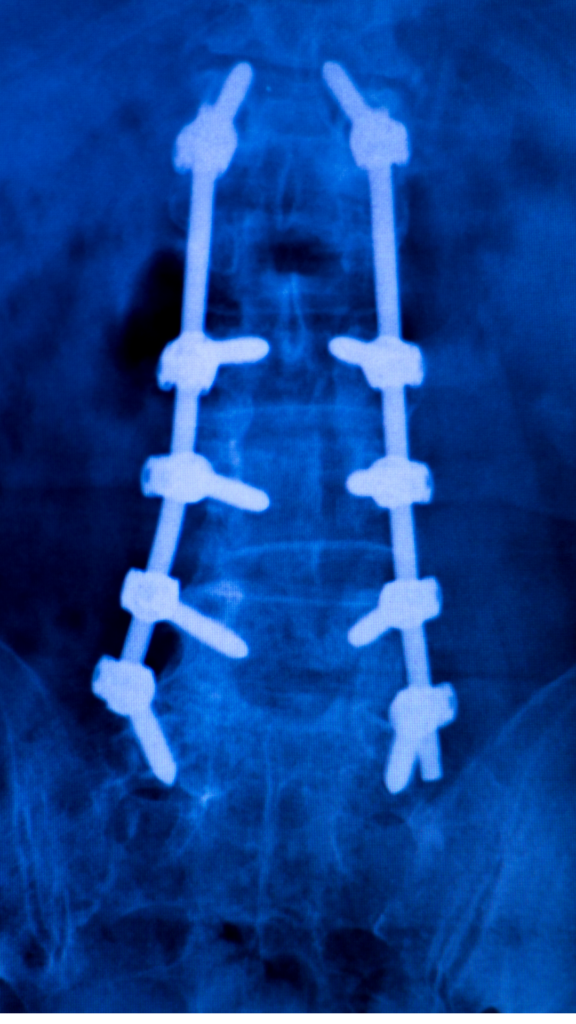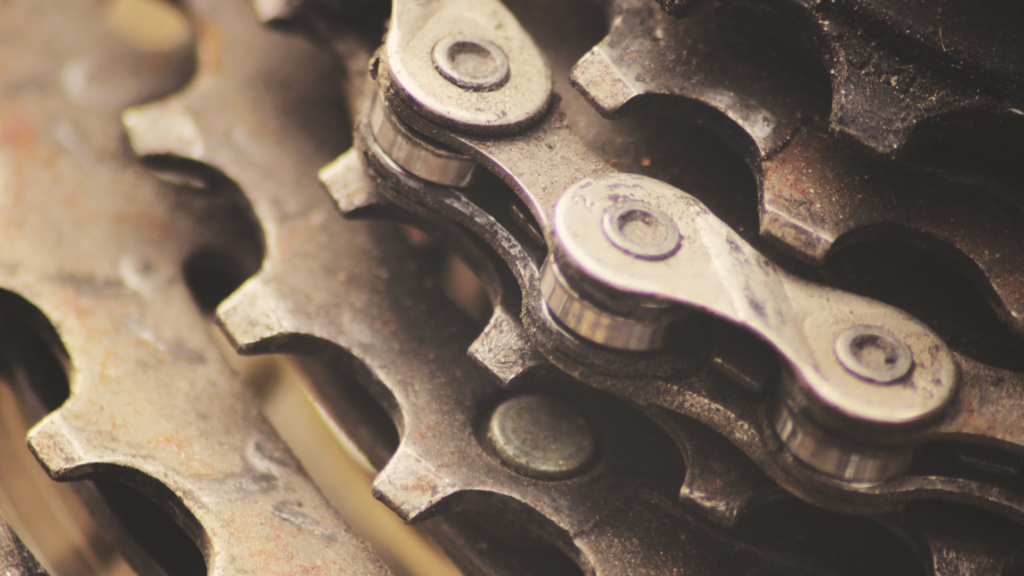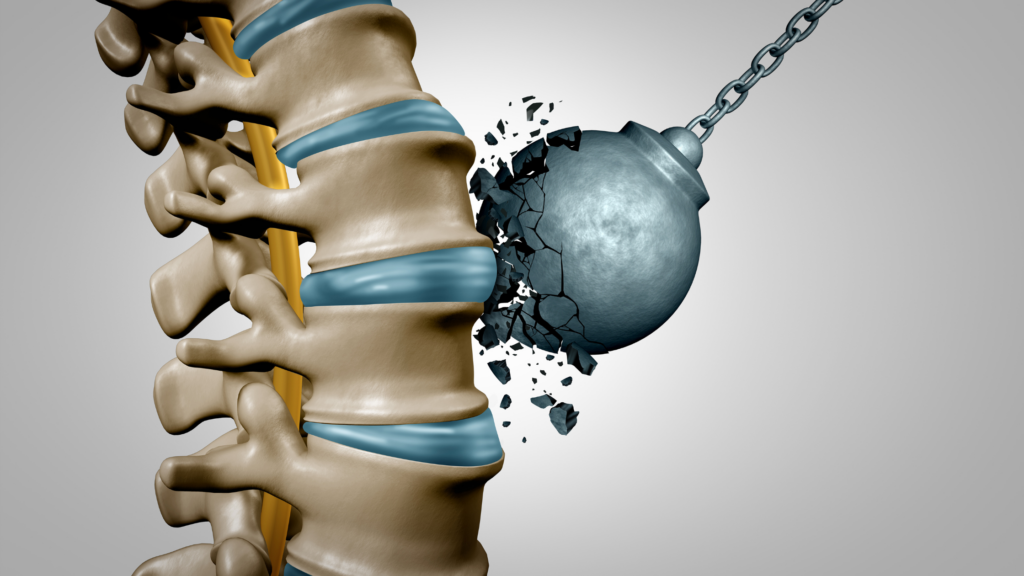If you choose spine fusion surgery to address your low back pain problem, there are unintended consequences of which you must be aware before you finalize your decision to proceed. The spine is a repeating sequence of vertebral bones separated by discs in the front and a pair of facet joints in the rear. A vertebra, a disc, and the corresponding facet joints are collectively referred to as a segment of the spine. Under normal circumstances, each vertebral segment moves relative to its adjacent segments. The human spine is designed for movement, but repetitive motions with suboptimal body mechanics can lead to problems. Spine fusion surgeries are performed on many people in this predicament.
Definition of Fusion:

Oxford English Dictionary
noun
- the process or result of joining two or more things together to form a single entity.
Lumbar spine fusion procedures come with many names and techniques:
Types of Spine Fusion Surgery
- Posterior Lumbar Interbody Fusion (PLIF)
- Anterior Lumbar Interbody Fusion (ALIF)
- Lateral Lumbar Interbody Fusion (LLIF)
- Transforaminal Lumbar Interbody Fusion (TLIF)
- Oblique Lumbar Interbody Fusion (OLIF), et., etc.
No matter what fusion technique is used, the end result of all of them is to connect two (or more) vertebral bones together permanently. When a segment of the spine is fused to its neighbor, the normal motion of the spine is forever altered. The fused segments no longer move relative to each other and they combine to form the single entity of a longer vertebral segment. As a result, there is increased stress placed on the segments above and below the fusion, which leads to a process called “adjacent segment degeneration”. The more spine segments that are fused together, the more rapid is the development and progression of adjacent segment degeneration.

To understand this concept, let’s think about a bike chain. If two chain links are welded together, the chain can still function, however, every revolution of the chain around the cogwheel will require the mobile links beside the weld to bend more because the welded links do not move at all. Initially there are no noticeable problems, but with more time and use breakdown occurs at the two mobile links adjacent to the welded links. That is exactly where the failure is expected to occur. Suppose the chain failure responds to additionally welding those adjacent links (causing four links to function as one). In that case, the next chain failure will occur much faster now at the moving adjacent links.
Similarly, in the lumbar spine, after the initial fusion, the unintended consequence is that additional procedures will occur in the future. There are certain specific indications when fusion of the lumbar spine is the best option – such as an unstable spine segment from injury or advanced degeneration. If your spine is not unstable, though, it is to your advantage to at least consider other treatment options because once your spine is fused it cannot be unfused.

Discseel is an exciting non-surgical alternative to fusion, and can resolve pain symptoms caused by degenerative disc disease. Discseel can help you avoid surgical procedures, and can help your adjacent discs if you already have a lumbar fusion. Learn more about lumbar Discseel at RegenerativeSpineAndJoint.com or by filling out the form below.

